 | ||
Similar Honey, Gelatin dessert, Asian Ginseng, Maidenhair tree, Lingzhi mushroom | ||
Royal jelly benefits
Royal jelly is a honey bee secretion that is used in the nutrition of larvae, as well as adult queens. It is secreted from the glands in the hypopharynx of worker bees, and fed to all larvae in the colony, regardless of sex or caste.
Contents
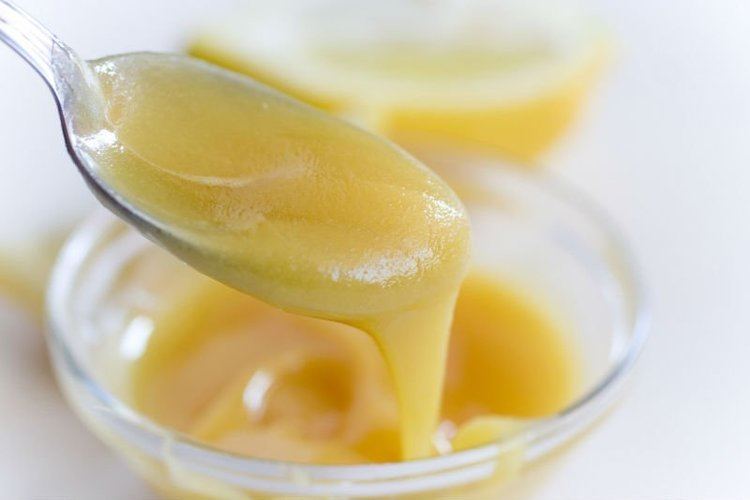
When worker bees decide to make a new queen, because the old one is either weakening or dead, they choose several small larvae and feed them with copious amounts of royal jelly in specially constructed queen cells. This type of feeding triggers the development of queen morphology, including the fully developed ovaries needed to lay eggs.

Royal jelly has long been sold as both a dietary supplement and alternative medicine. Both the European Food Safety Authority and United States Food and Drug Administration have concluded that the current evidence does not support the claim of health benefits, and have actively discouraged the sale and consumption of the jelly. In the United States, the Food and Drug Administration has taken legal action against companies that have used unfounded claims of health benefits to market royal jelly products. There have also been documented cases of allergic reactions, namely hives, asthma, and anaphylaxis, due to consumption of royal jelly. However despite this, some scientific studies have shown possible remedial effects against certain types of inflammation and cell stress.

Cultivation

Royal jelly is secreted from the glands in the heads of worker bees and is fed to all bee larvae, whether they are destined to become drones (males), workers (sterile females), or queens (fertile females). After three days, the drone and worker larvae are no longer fed with royal jelly, but queen larvae continue to be fed this special substance throughout their development.

It is harvested by humans by stimulating colonies with movable frame hives to produce queen bees. Royal jelly is collected from each individual queen cell (honeycomb) when the queen larvae are about four days old. It is collected from queen cells because these are the only cells in which large amounts are deposited; when royal jelly is fed to worker larvae, it is fed directly to them, and they consume it as it is produced, while the cells of queen larvae are "stocked" with royal jelly much faster than the larvae can consume it. Therefore, only in queen cells is the harvest of royal jelly practical. A well-managed hive during a season of 5–6 months can produce approximately 500 g of royal jelly. Since the product is perishable, producers must have immediate access to proper cold storage (e.g., a household refrigerator or freezer) in which the royal jelly is stored until it is sold or conveyed to a collection center. Sometimes honey or beeswax is added to the royal jelly, which is thought to aid its preservation.
Composition
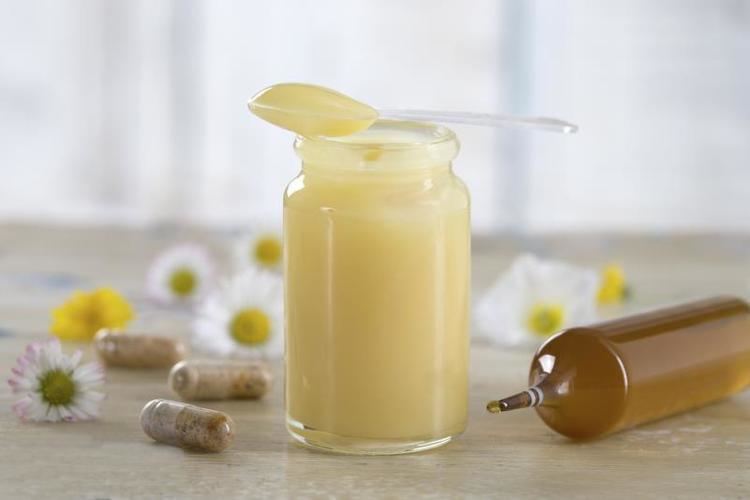
Royal jelly is composed of 67% water, 12.5% crude protein, including small amounts of many different amino acids, and 11% simple sugars (monosaccharides), also including a relatively high amount (5%) of fatty acids. The main acid is the 10-hydroxy-2-decenoic acid (10-HDA) (about 2 - 3%). It also contains many trace minerals, some enzymes, antibacterial and antibiotic components, pantothenic acid (vitamin B5), pyridoxine ( vitamin B6) and trace amounts of vitamin C, but none of the fat-soluble vitamins, A, D, E, and K.
Royalactin

The component of royal jelly that causes a bee to develop into a queen is said to be a single protein that has been called royalactin. Jelly which had been rendered inactive by prolonged storage had a fresh addition of each of the components subject to decay and was fed to bees; only jelly with an addition of royalactin caused the larvae to become queens. The effect seems to be mediated by epidermal growth factor receptor (Egfr). Royalactin also induced similar phenotypical change in the fruit fly (Drosophila melanogaster), marked by increased body size and ovary development. However, there is a debate on the reproducibility of this function of Royalactin.
Epigenetic effects
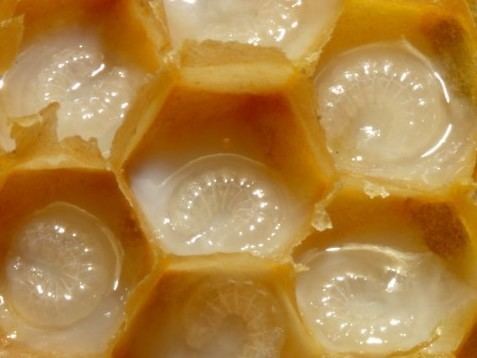
The honey bee queens and workers represent one of the most striking examples of environmentally controlled phenotypic polymorphism. In spite of their identical clonal nature at the DNA level, they are strongly differentiated across a wide range of characteristics including anatomical and physiological differences, longevity of the queen, and reproductive capacity. Queens constitute the sexual caste and have large active ovaries, whereas workers have only rudimentary, inactive ovaries and are functionally sterile. The queen/worker developmental divide is controlled epigenetically by differential feeding with royal jelly; this appears to be due specifically to the protein royalactin. A female larva destined to become a queen is fed large quantities of royal jelly; this triggers a cascade of molecular events resulting in development of a queen. It has been shown that this phenomenon is mediated by an epigenetic modification of DNA known as CpG methylation. Silencing the expression of an enzyme that methylates DNA in newly hatched larvae led to a royal jelly-like effect on the larval developmental trajectory; the majority of individuals with reduced DNA methylation levels emerged as queens with fully developed ovaries. This finding suggests that DNA methylation in honey bees allows the expression of epigenetic information to be differentially altered by nutritional input.
Uses
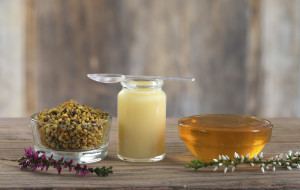
Royal jelly is collected and sold as a dietary supplement for humans, but the European Food Safety Authority has concluded that the current evidence does not support the claim that consuming royal jelly will give health benefits in humans. In the United States, the Food and Drug Administration has taken legal action against companies that have used unfounded claims of health benefits to market royal jelly products. However, there is evidence for anti-inflammatory properties, and one study has shown to modulate and ameliorate oxidative stress and apoptosis in the kidneys of lab rats treated with cisplatin.
Adverse effects
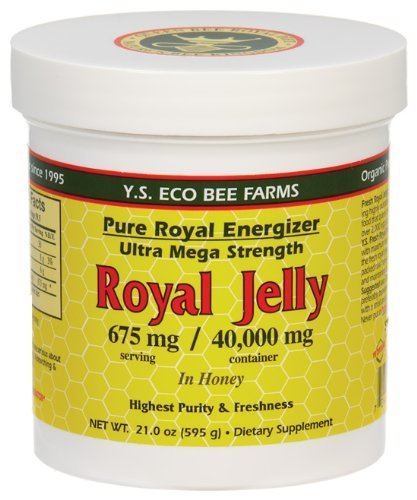
Royal jelly may cause allergic reactions in humans ranging from hives, asthma, to even fatal anaphylaxis. The incidence of allergic side effects in people who consume royal jelly is unknown. The risk of having an allergy to royal jelly is higher in people who have other allergies.
